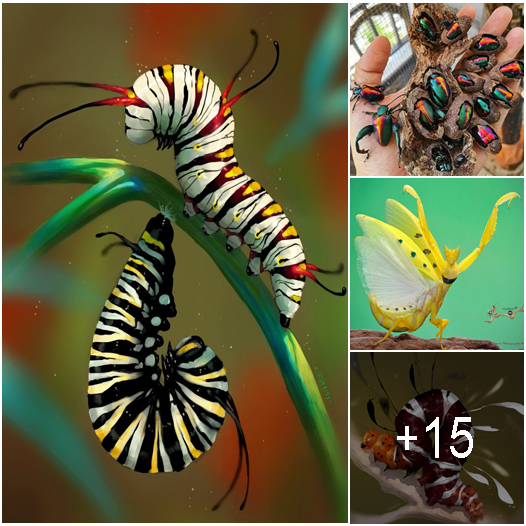
Côn trùng ở khắp mọi nơi! Một số cá nhân thấy chúng hấp dẫn trong khi những người khác không thể chịu đựng được khái niệm về chúng. Trong mọi trường hợp, chúng ta chia sẻ hành tinh của mình với những khó chịu này có vẻ như người ngoài hành tinh. Côn trùng đã có mặt trên Trái đất từ lâu trước con người và sẽ tiếp tục làm như vậy. Có nhiều côn trùng trên Trái đất hơn con người – có 900.000 loài được công nhận và có thể hàng triệu loài khác chưa được phát hiện! Kiểm tra lựa chọn của chúng tôi về những cái kỳ lạ nhất (và thú vị nhất) mà chúng tôi có thể định vị.
1 / 16
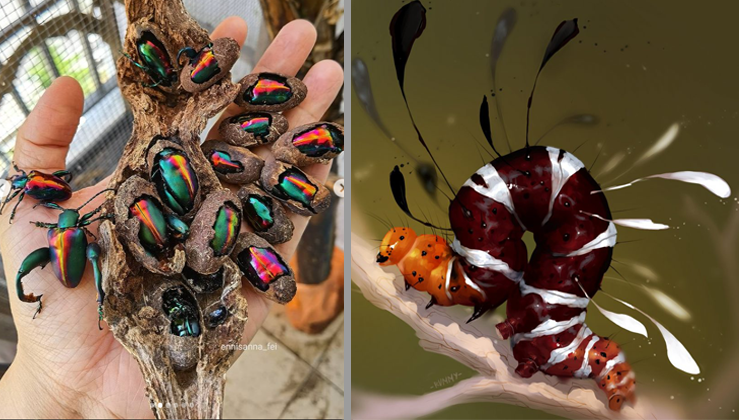
Chúng có thể có cánh hoặc chân không dài, hình lá hoặc thậm chí là bánh răng giống như ô. Hầu như bất cứ nơi nào bạn rẽ đều có một hoặc nhiều sinh vật sáu chân được gọi là côn trùng? Trong một sự đa dạng dồi dào như vậy, họ sống hăng hái giữa chúng ta. Bắt đầu với kiến, ong, ruồi, bọ cánh cứng và nhiều loại côn trùng khác. Kiểm tra “Lớp Sinh học” nhỏ của chúng tôi để tìm hiểu thêm về vẻ ngoài của chúng và cho chúng tôi biết bạn thấy cái nào hấp dẫn nhất. Đừng quên bỏ phiếu cho yêu thích của bạn!
2 / 16
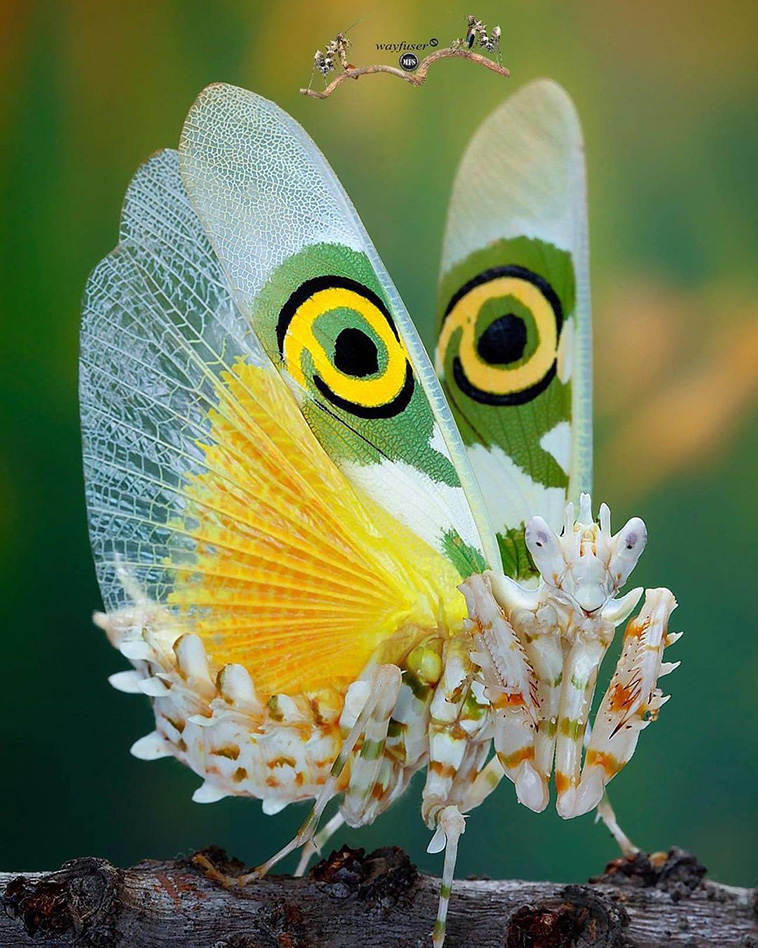
Bọ ngựa hoa gai: Bọ ngựa hoa gai, Pseudocreobotra wahlbergi, là một con bọ ngựa nhỏ từ châu Phi cận Sahara, nổi tiếng là dễ chăm sóc trong khi cũng đẹp ngoạn mục. Nó là một kẻ săn mồi phục kích duyên dáng và chết người, mặc dù dành nhiều thời gian chờ đợi, thể hiện rất nhiều hành vi thú vị. Bọ ngựa hoa gai rất khỏe mạnh và là một lựa chọn tốt cho ai đó đang tìm kiếm một con bọ ngựa thú vị, hấp dẫn, khác thường hơn một chút so với các loài phổ biến nhất mà không có yêu cầu chăm sóc khó khăn.
3 / 16
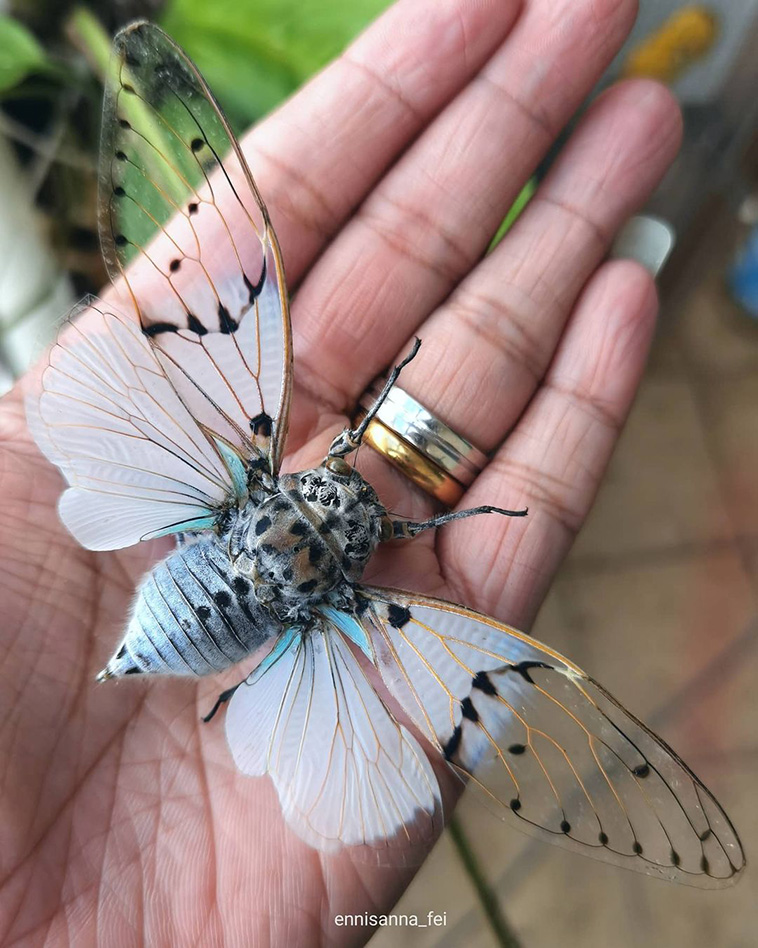
Ayuthia – White Ghost Cicada. There are about 1500 species of Cicada in the world and are probably best known for their conspicuous acoustic signals or “songs”. This real framed Ghost Cicada gets its name from its ghostly appearance. The type species, Ayuthia spectabile, is commonly known as the Milky Cicada, the White Cicada, or the White Ghost Cicada. The Ayuthia is a genus of cicada, a family of large flying insects. This stunning ghost white cicada has milky white wings with a hint of green blue colour at the base.
4 / 16
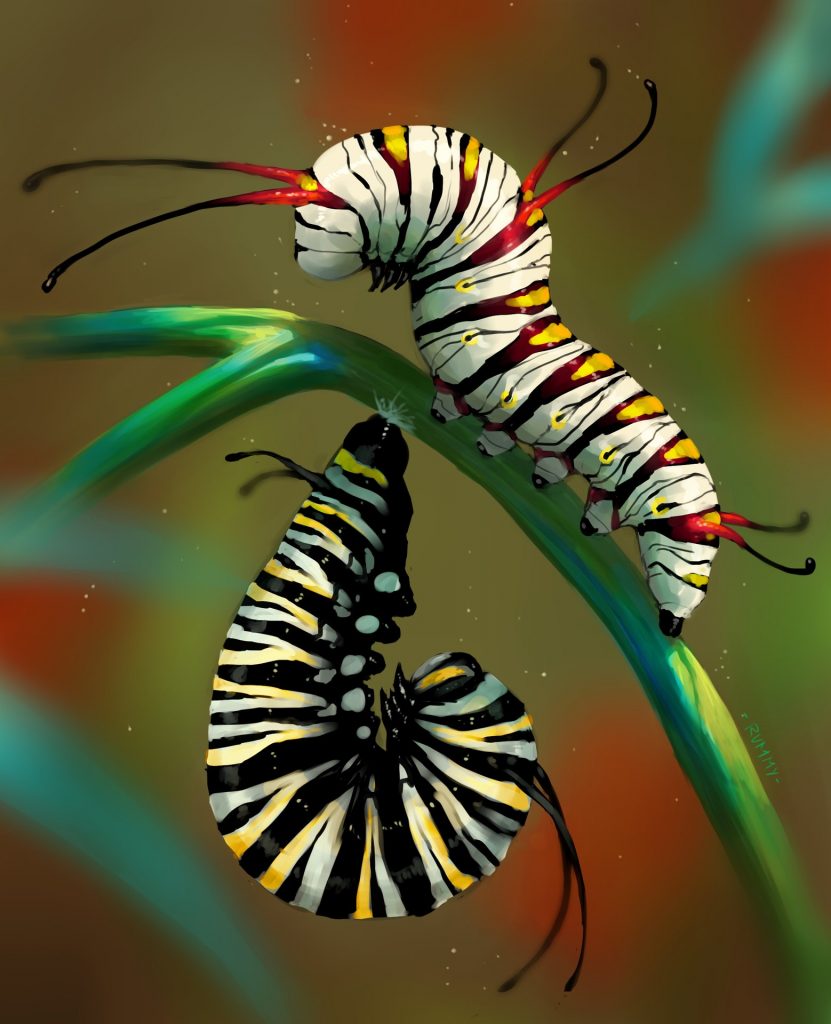
Queen (above) and caterpillar of the Monarch butterfly. Monarch Butterfly, biologically known as Danaus Plexippus, is a milkweed butterfly. People say, it is the most beautiful butterfly, and hence, considered the “king of butterflies”. Thus, it acquired the name “Monarch”. Before growing these beautiful creatures in your garden, you must be aware of certain facts related to their growth. The life cycle of the Monarch butterfly has four stages and four generations. The stages are egg, larvae, pupa and adult butterfly, and the four generation means four butterflies passing through these four stages within a year.
5 / 16

Eurynecroscia nigrofasciata, or umbrella phasmids. The new combination to Eurynecroscia nigrofasciata was published in 2013 by Hennemann & Conle, who put this species in the genus Eurynecroscia . The distribution area is around the ” Tapah Hills “, Peninsular , Malaysia . Only the Orang Asli (the indigenous people of Peninsular, Malaysia) know where in the Tapah Hills this species can be found. So far, no subspecies of Eurynecroscia nigrofasciata are known.
6 / 16
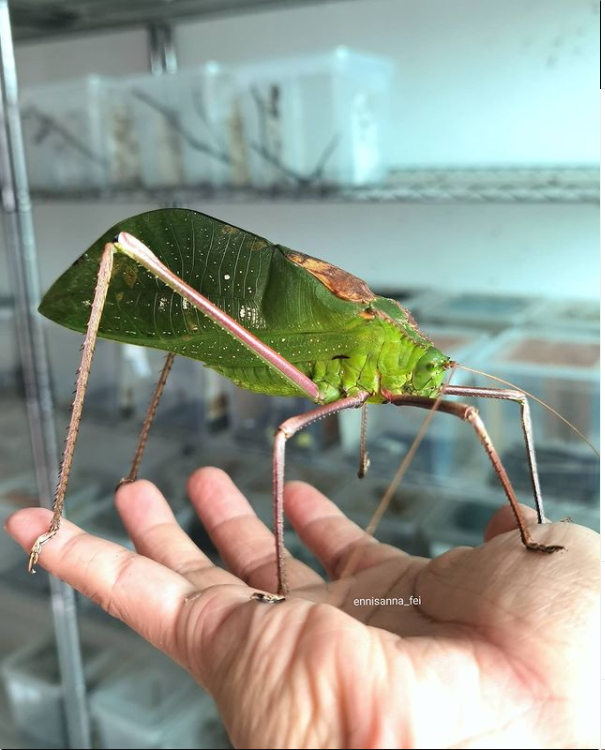
The Giant Katydid: The Giant Katydid, Stilpnochlora couloniana, is lime to dark green in color and has brown eyes. When adult the wings extend far past the abdomen and look like a glossy leaf of a tree of shrub. The nymphs are paler green and have some dark brown markings on their back and legs. The body of an adult female is around 4 cm long, including its wings its total length is 7 cm. The males are slightly smaller and less bulky, including wings the male is about 6 cm long. The males also have a more narrow body and have longer antennae. The hind legs of this species are designed for jumping and are very prominent with their 7 cm each.
7 / 16
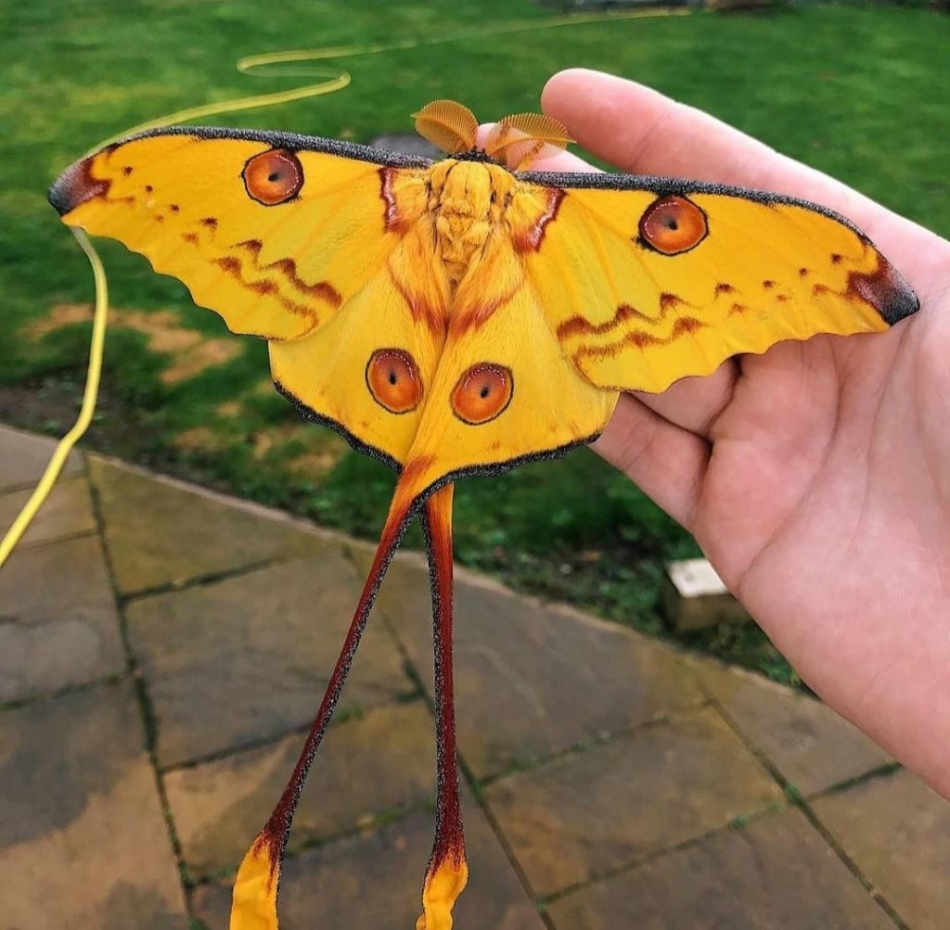
A lovely Comet Moth. They are known as the Argena Mitrrei species. They live in the rainforests of eastern-central Madagascar. They are a protected species in Andasibe-Mantadia National Park. Their tails vary from short stubs to long streamers. Young caterpillars eat tasty eucalyptus leaves. Then they spin cocoons that have a pretty cool ability: they can actually expel water. This prevents them from drowning, so they can become beautiful and healthy adult comet moths.
8 / 16
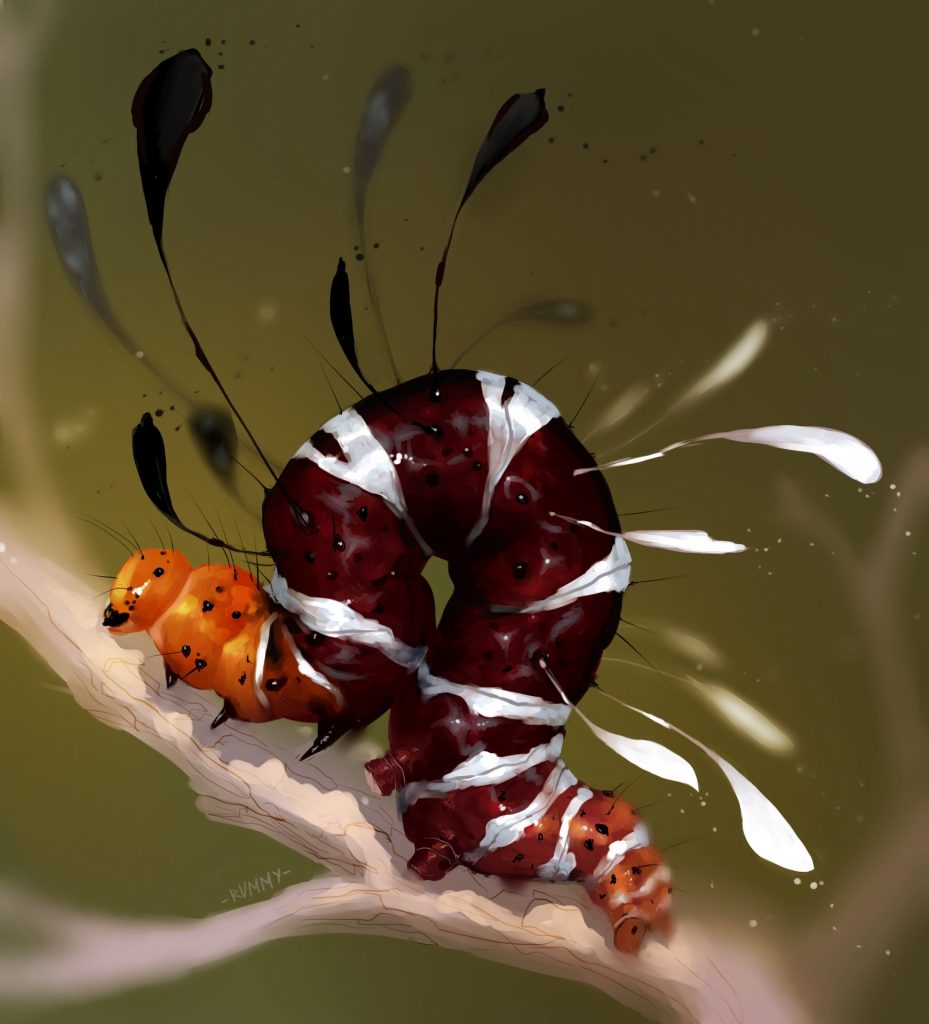
4. The caterpillar of the dice moth (Rhanidophora ridens). These noctuid caterpillers must be some of the most outrageously ornamented creatures around. They eventually turn into day-flaying moths called Dice Moths such as R. cinctiguttata and a few closely related and similar species. Colorful caterpillar with black grass like appendages that move independently, possibly R. ridens. Habitat: miombo woodland, 1000m.
9 / 16
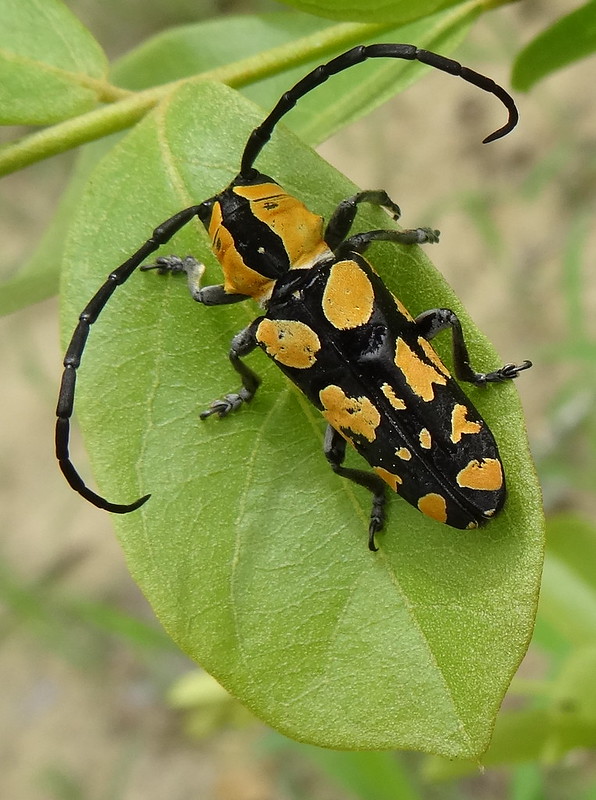
The timber beetle. This common furniture beetle is by far the most common cause of damage encountered. Its specialty is sapwood of softwood and European hardwoods. One of the more unusual, and enigmatic, beetles that I encountered in South Africa was this beetle in the pantropical genus Atractocerus. Placed in the family Lymexylidae (ship-timber beetles), species in this genus look less like beetles than they do large flying ants or strange damselflies due to their highly reduced elytra that expose their greatly elongated abdomen and leave the hind wings uncovered. The hind wings also are unusual in that they are held fan-like in repose rather than folded as in most other beetles. Atractocerus brevicornis is the only species in the genus found in Africa (Scholtz & Holm 1985).
10 / 16
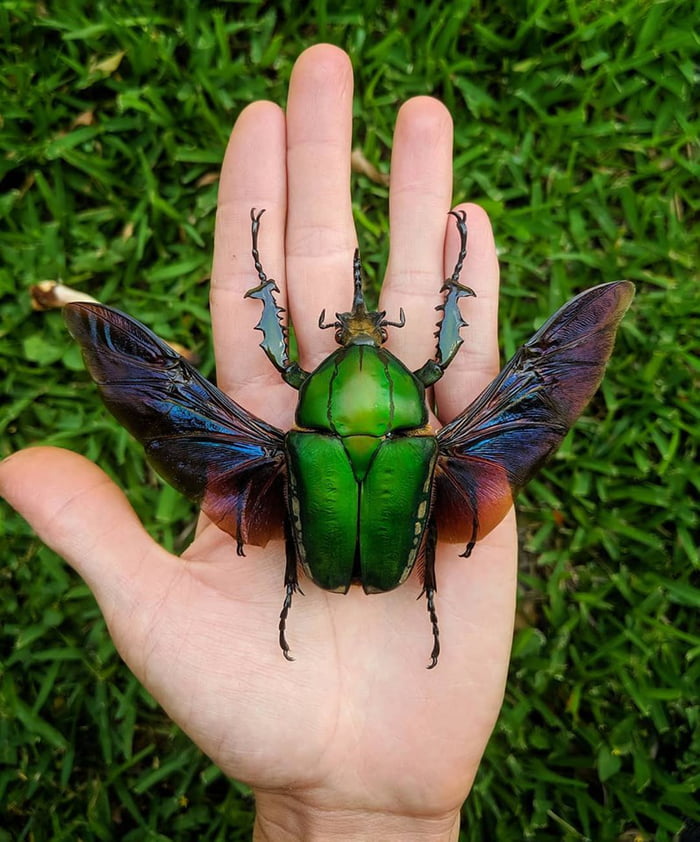
Bettle in black and blue. Mecynorrhina Torquata, one of the world’s biggest flower beetles. Common Name: Giant African Flower Beetle (commonly referred to as MTU). Distribution: Democratic republic of Congo and Uganda. Diet: Adults feed on ripe or rotting fruit and jelly pots for extra protein and nutrients. Larvae can be reared on decaying leaf/wood mulch or flake soil. The MTU is a medium to large species reaching up to 80mm and is available in a variety of different colours including green, red/brown, orange, blue/purple/black. This makes them a firm favourite amongst many hobbyists, including myself. They were one of the first species I ever raised, and I will always have room for them in my collection!
11 / 16
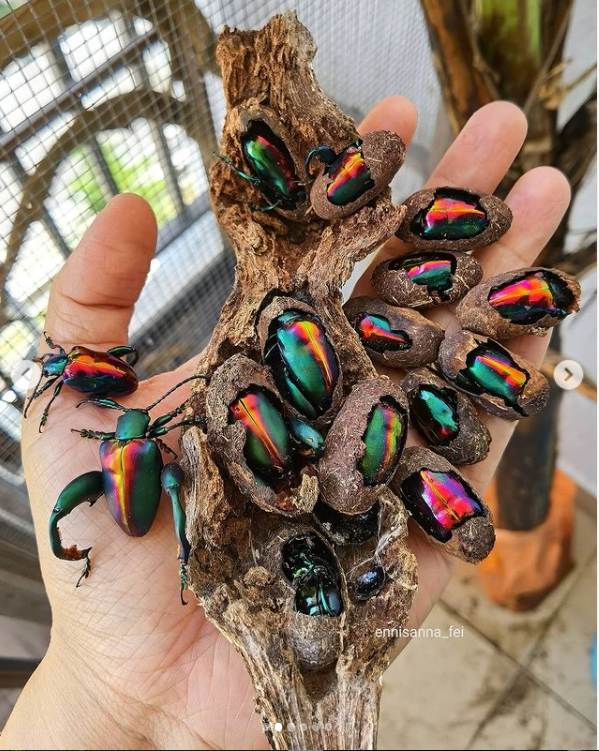
Rainbow frog-leg beetle, Sagra buqueti. First of all, the awesome Frog Legged Beetle remains a most unusual species of beetle. Its common name derives from the rather striking resemblance of its hind legs to those of a frog. But, these remarkable appendages are no evolutionary quirk, because they serve an important function. Powerful legs help the remarkable insect hold tightly to the stems of various plants. In this manner, the surprising invertebrate remains firmly attached while feeding. This beautifully colored insect also sometimes goes by the name of the kangaroo beetle. By whatever name one calls it, researchers remain unable to acquire sufficient data about it. Due to this, therefore, the IUCN does not have a listing for it, as of this moment, due to insufficient information.
12 / 16
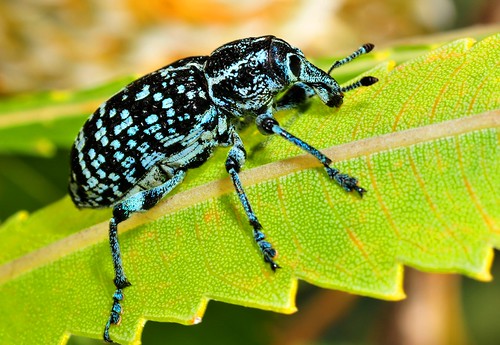
Bettle in black and blue. Black beetles are a common type of insect that are found in our homes and backyards. Some species of black beetle are completely harmless and can even help keep bugs out of your home. Although not all black beetles are regarded as pests, their larvae can be destructive. For example, black beetle larvae such as the carpet beetle can do a lot of damage to upholstery in your home. All species of black beetle that inhabit homes are anthropoids in the insect order Coleoptera. There are thought to be over 400,000 species of beetles with weevils making up the largest of the beetle families. Groups of beetles are divided into families, genera, and then species.
13 / 16
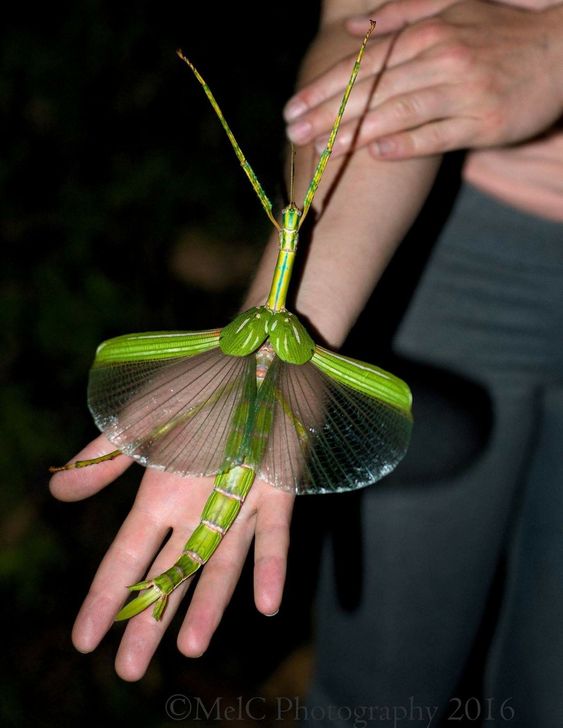
Eurycnema goliath the Goliath stick insect is one of Australia’s biggest stick insects. The Goliath stick insect is a robust, bright green phasmid with yellow patches on the head, legs and thorax. Their bodies can reach up to 25cm in length. The Goliath has two pairs of bright green wings with red markings underneath. The female Goliath is probably our heaviest stick insect in Australia. Goliath stick insects can be found throughout Northern Australia, into New South Wales and Victoria and also in Western Australia. The name “Goliath” comes from the warrior giant that battled against David in the Bible. The word “goliath” means colossal, powerful or giant. Lots of large animals are therefore named Goliath such as the Goliath Stick Insect, Goliath Beetle, Goliath Heron and the Goliath Frog. Female Goliath stick insects can lay eggs even if they haven’t mated with a male. This process is called parthenogenesis and is a form of cloning. Even though the females can’t fly, their wings can act like parachutes if they fall out of a tree. They fill with air so the Goliath can float down to the ground without getting hurt.
14 / 16
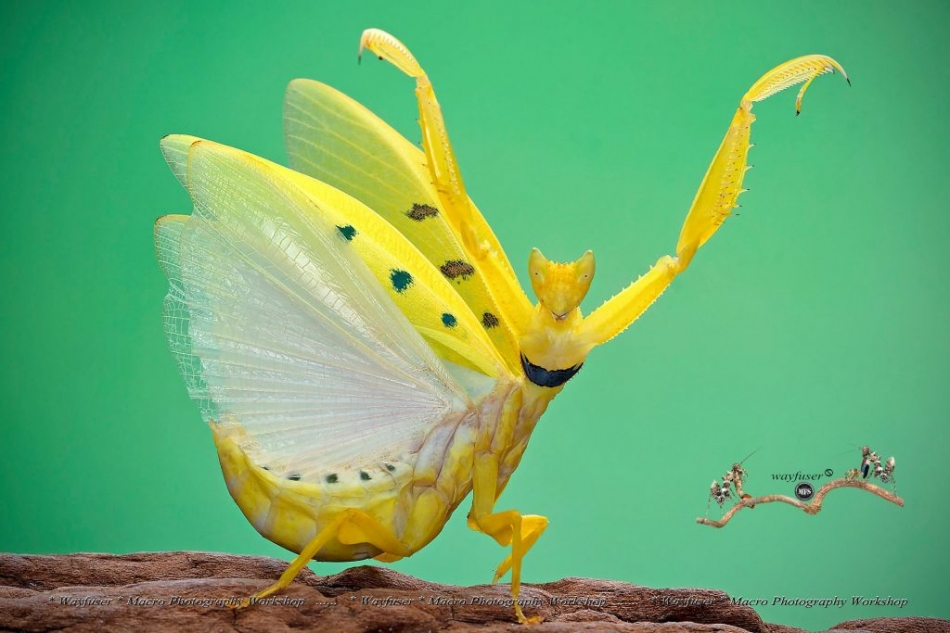
Mantis of the Yellow Orchid: Yellow Orchid Mantis are the same as other locusts, grasshoppers can live in tropical and subtropics (not too hot and cold). The residential country is Indonesia, Malaysia and Thailand. Yellow Orchid Mantis is a beautiful animal when we see from the color of his body, but he can also be ferocious. The proof he was able to eat butterflies, bees, flies and spiders as a source food. However, these locusts dislike ants as their food. The Yellow Orchid Mantis is one type of grasshopper that has this unique color can breed by mating. Size The male and female Yellow Orchid Mantis are very different, the female has a larger body size than the male, he is about 1.5 times larger than the male. In its life cycle, Yellow Orchid Mantis are able to lay eggs 3 times. But what we need to know The male Yellow Orchid Mantis will be the victims of the females before mating. It sounds weird but it’s like the breeding pattern of the Yellow Orchid Mantis, where the females will eat the males before mating.
15 / 16

Côn trùng Picasso (Sphaerocoris annulus)-Một con bọ với sự xuất hiện của một quả trứng Phục sinh. Trước hết, thuật ngữ mô tả cao của Picasso Bug đóng vai trò là một trong những tên phổ biến của nhiều loại động vật chân đốt trực quan tuyệt đẹp. Tuy nhiên, loài côn trùng kỳ diệu này cũng có tên chung thay thế là Zulu Hud Bug. Rất may mắn, hiện tại, số lượng của nó dường như đủ và ổn định. Thực tế may mắn này kéo dài trong toàn bộ phạm vi tự nhiên của nó. Do đó, IUCN chưa liệt kê loài động vật này vào Danh sách đỏ các loài bị đe dọa. Tuy nhiên, động vật chân đốt đáng yêu phải được coi là có một số rủi ro. Hơn nữa, tình trạng đáng buồn này đúng vì nhiều lý do. Tuy nhiên, hai mối đe dọa lớn nhất đối với sự tồn tại của nó có thể bao gồm mất môi trường sống và biến đổi khí hậu.
16 / 16

Phylliidae-Côn trùng với sự xuất hiện của lá và cánh hoa. Côn trùng lá, (họ Phylliidae), còn được gọi là lá đi bộ, bất kỳ loài nào trong số hơn 50 loài côn trùng phẳng, thường là màu xanh lá cây (bộ Phasmida, hoặc Phasmatodea) được biết đến với vẻ ngoài giống như lá nổi bật của chúng. Côn trùng lá ăn thực vật và thường sống ở những khu vực có thảm thực vật dày đặc. Phạm vi tự nhiên của chúng trải dài từ các đảo ở Ấn Độ Dương, qua các phần của lục địa Nam Á và Đông Nam Á, đến Papua New Guinea và Úc ở phía tây Thái Bình Dương.